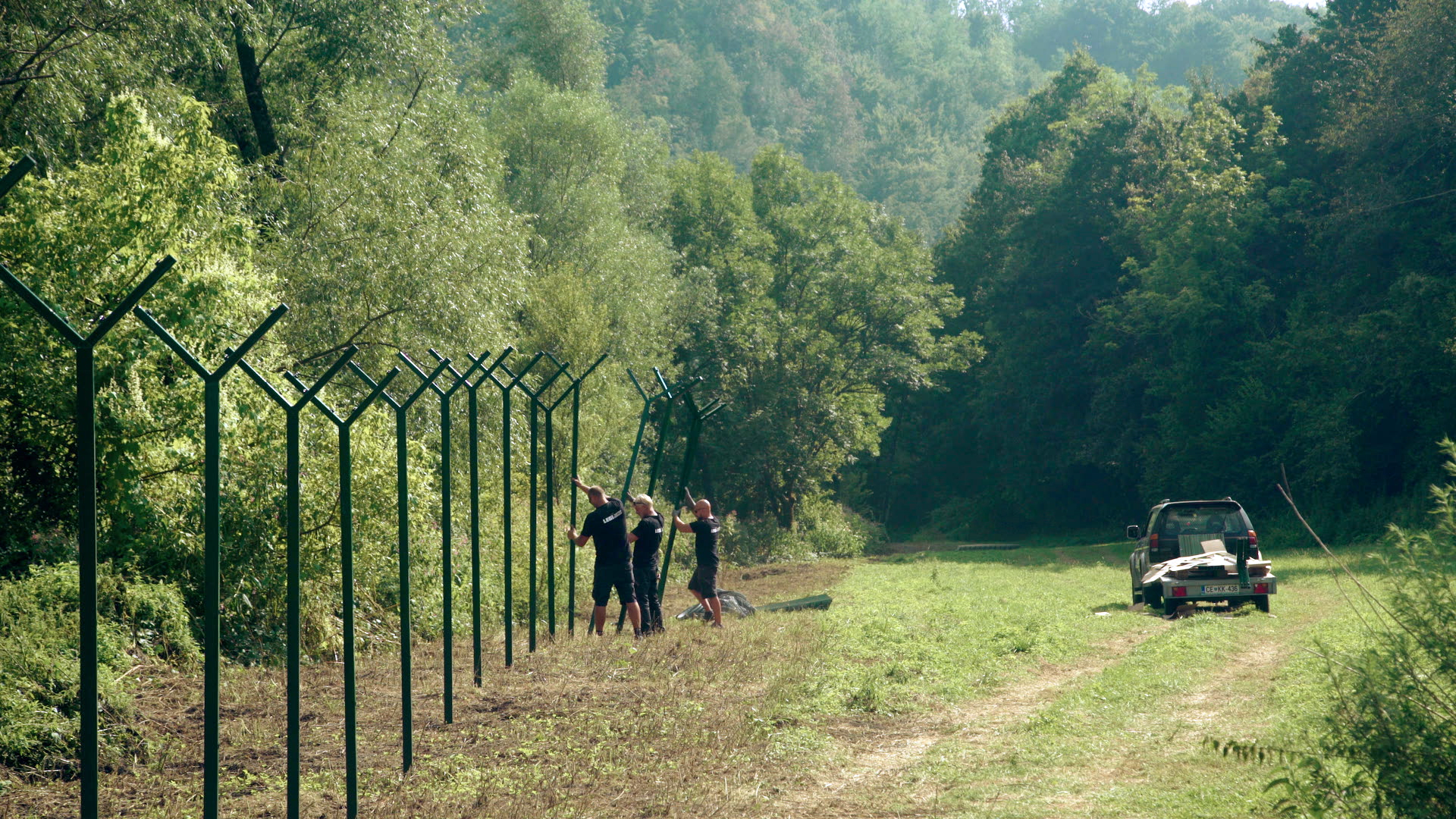Director’s statement
My personal experience of facing different European borders in the past 14 years made me reflect a lot on the concept of the border and see the ‘evolution’ of certain borders, becoming more or less significant. I was born in still Soviet Belarus, so the traces of the iron curtain would be very present throughout my childhood and adolescence because the current Belarusian regime doesn’t differ much from it. Though international studies and working experience gave me a privilege and opportunity to reflect on it from different locations and perspectives. I studied in Vilnius, so going back home every second weekend made the border a significant part of my life, since hours and hours were spent waiting to pass the check-point and in the buses going through small border area towns. It happened very often that an old lady would ask me to take a few packs of cigarettes or whatever other goods bought on either side, so she wouldn’t have problems while going through control, many conversations like this would happen. The landscapes out of the bus or train windows together with personal stories of people I would meet on the way were always of great interest for me as a sociologist back then. My next stop-overs were Slovenia and Hungary in the past years, where I could see the ‘new iron fences’ growing both in people’s minds and unfortunately in reality because of the migration crisis. Now living in Belgium and seeing the whole mixture of nationalities and cultures here really makes me question the entire concept of borders. Is it something ‘given’ or ‘constructed’?
During the past century borders of the region have changed several times and inhabitants of the same village could have spent periods of their lives in 4 different countries without moving: Lithuania, Belarus, Poland and the USSR. Simple from the first sight, lives here are majorly interrupted by the borders and almost unknown for the rest of the world. Most of the cross-points or visa-centers are at a great distance to reach. Visa regulations decisions are being made based on some loose statistics, not taking into account the actual social dynamics and individual needs. Conditions of receiving visas have worsened since when Lithuania became a new member state in 2004. The situation didn’t change much until today. The main questions raised during the encounters with people and places along the Lithuanian-Belarusian border are how it isolates and ‘conserves’ certain fragments of life, how normal dynamics of village daily reality is turned into an unreachable still-life picture of the over-the-fence side. ‘Still life’ becomes a metaphor for villagers’ experience. They are not free to move as they want and are constantly waiting for changes that could bring back their ways of life and families together. Imagery in the episode will play upon the idea of ‘still life’ portraits of villagers’ daily routines and interactions going along with thrilling landscapes of the area cut up by the fence.





